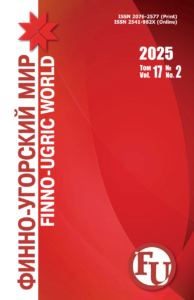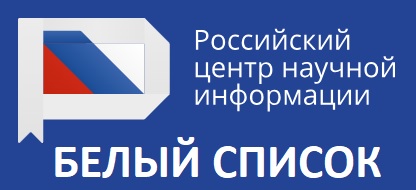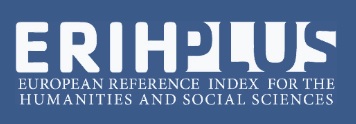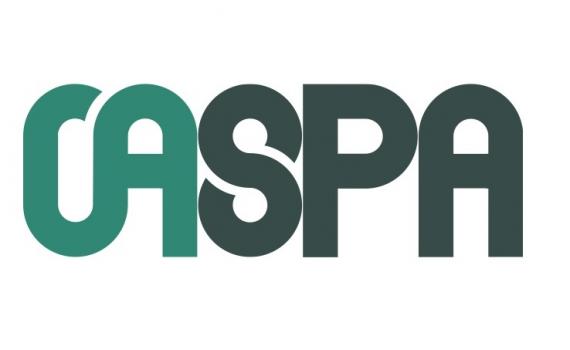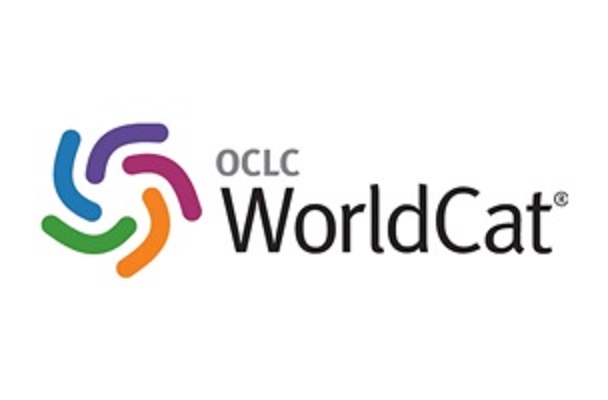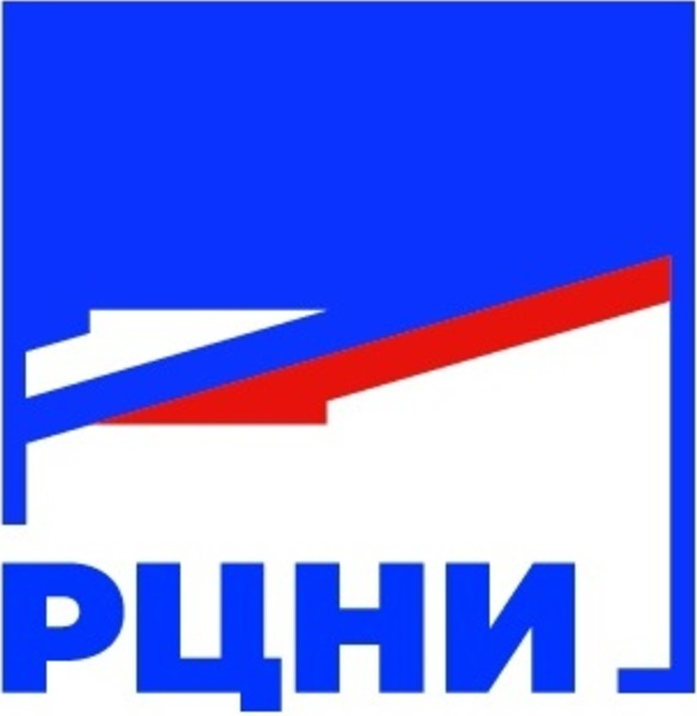Restoring the rights of the nobility of Mordovian dukes and murzas in the last quarter of XVIII – early XIX century
Demidov Alexander N.,
Candidate Sc. {Philosophy}, Associate Professor, Department of Philosophy, History and World Culture, Samara State Social and Pedagogical University (Samara, Russia), fromagalef@mail.ru
It studies the process of recovery of nobility rights of Mordovian dukes and murzas, the descendants of the servitors of the XVII century who failed to gain noble position during the reign of Emperor Peter the Great and found themselves in a situation of state peasants subjected to taxpaying. It shows the petitions of Mordovian dukes of Sabanova village of Zasursky district of Penza province.
Keywords: Mordovian dukes and murzas; gaining noble position; right of noble status.
1. Gabdullin, I. R. (2006), From servicemen Tatars to the Tatar nobility, Moscow: R. Sh. Kudashev Press.
2. Heraclitov, A. A. (1936), Alatyr Mordovinian by Census 1624–1721, Saransk: Mordgiz.
3. Heraclitov, A. A. (2011), Selected works, Vol. 1, Saransk: NIIGN.
4. The State Archives of the Penza region, F. 196. Op. 2. D. 1334, 1062, 1063.
5. Demidov, A. N. (2016), Mordovian Servicemen in XVII–XVIII centuries, Humanities: current problems of the humanities and education, № 2, p. 31–40.
6. Barsukov, A. P. ed. (1897), Desyatni of Penza Region (1669–1696), Saint Petersburg Archaeological Commission.
7. The documents and materials on the history of the Mordovian ASSR (1939), Vol. 3, P. 1, Saransk: NIIYALI.
8. Documents and materials on the history of the Mordovian ASSR (1952), Vol. 3, Part 2, Saransk: NIIYALI.
9. Charter to the noble Russian nobility, Saint Petersburg: Senate printing office, 1817.
10. Zavaryuhin, N. V. (1990), Were there Mordovians dukes?, At the crossroads of opinions, in Yushkin, Y. F., Yurchenkov, V. A. eds, Saransk: Mordovian Press, p. 67–74.
11. Zavaryuhin, N. V. (2009), Essays on the history of the Mordovia at feudalism, Saransk: Mordovia University Press.
12. Mokshin, N. F. (2014), From the history of the baptism of Mordovians (based on Shatsky County), Socio-Political Sciences, № 14, p. 16–19.
13. Mustafina, D. A. (2009), Historiographical aspects of the history of Servicemen Tatars, Academic notes of the Kazan University, “Humanities” series, Vol. 151, Book 2, P. 2, p. 7–18.
14. Kochetkov, V., Akchurin, M., eds. (2012), Cadastres of Tatar lands of Alatyr County in 1624–1626, Moscow, Nizhny Novgorod: Medina.
15. Complete Collection of Laws of the Russian Empire since 1649 (1830), Ul. XVI, Vol. I, 41, Saint Petersburg: Second Department Press of E. I. V. Chancellery.
16. Poluboyarov, M. S. (1995), A peer of Penza, Zemstvo, № 4.
17. The Russian State Archive of Ancient Acts (RGADA). F. 286. Op. 2. Pr. 68, 79.
18. RGADA. F. 350. Op. 2. D. 2561. L. 813.
19. The Code of Laws of the Russian Empire, Vol. 9, Art. 241, Saint Petersburg: Second Department Press of E. I. V. Chancellery, 1857. – 572 p.
20. Semevsky, V. I. (1888), On peasants in Russia in the XVIII century and the first half of the XIX century, Vol. 1, Saint Petersburg: “Obschestvennaya pol`sa” Press.
21. Tyustin, A. V. Ivan Tikhomirov, researcher of early history of Penza, available: http://penzahroniki.ru/index.php/verkhnee-menyu/tyustin-a-v/410-issledovatel-rannej-istorii-penzy-ivan-aleksandrovich-tikhomirov [accessed 20 September 2016].
22. Central State Archive of Samara region. F. 430. Op. 1. D. 2.


